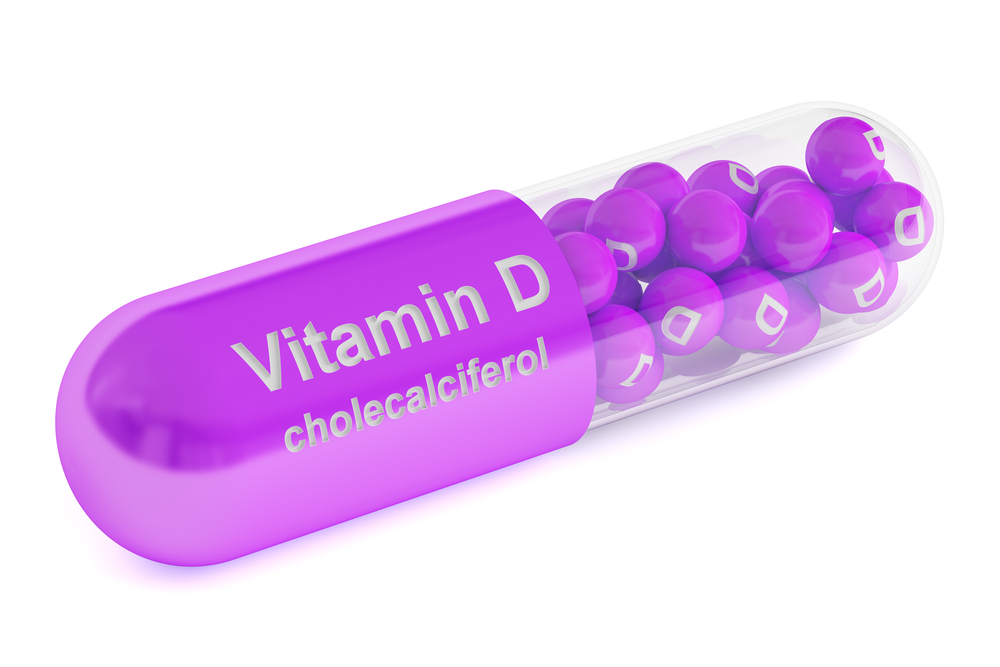#ECTRIMS2016 – Vitamin D3 Oil Supplements May Benefit MS Patients in Early Disease Stages
Written by |

Patients with relapsing-remitting multiple sclerosis (RRMS) might benefit from cholecalciferol (vitamin D3) oil as an add-on therapy in the early phases of the disease.
This finding was presented in an oral presentation, “High dose cholecalciferol (vitamin D3) oil as add-on therapy in subjects with relapsing-remitting multiple sclerosis receiving subcutaneous interferon β-1a,” given at the 32nd Congress of the European Committee for Treatment and Research in Multiple Sclerosis (ECTRIMS), recently held in London (Sept. 14–17).
In the SOLAR study (NCT01285401), researchers investigated the effects of cholecalciferol (vitamin D3) as an add-on therapy in RRMS patients receiving subcutaneous interferon (scIFN) β‑1a therapy.
Specifically, the team performed a double-blind and multicenter 48-week study to evaluate the efficacy of administrating daily oral cholecalciferol (350 µg vitamin D3), compared to placebo (a control group). Its primary endpoint was the percentage of patients who were disease activity free (DAF) at week 48. DAF was defined as the absence of relapses, Expanded Disability Status Scale (EDSS) progression, or new combined unique active (CUA) lesions.
Secondary endpoints included mean annualized relapse rate (ARR), percentage of subjects free from any EDSS progression, and the mean number of new CUA lesions per subject (all at week 48).
In total, 229 patients were randomly assigned to received cholecalciferol or placebo. At week 48, researchers registered no statistically significant differences in DAF between the cholecalciferol group and the placebo group: 37.2% versus 35.3%, respectively. Additionally, no differences were detected between the two groups in mean ARR (0.28 versus 0.41) or in the percentage of patients free from any EDSS progression (71.7% versus 75.0%).
However, also at week 48, cholecalciferol was associated with a 32% reduction in the number of new CUA lesions, and the percentage of MS patients free from new lesions (T1 hypo-intense lesions) was significantly higher with cholecalciferol when compared to placebo-treated patients (of note, this was observed only in a subgroup of patients, those ages 18 to 30).
Researchers concluded that cholecalciferol as an add-on therapy to scIFN β-1a has no effect on subjects’s DAF at week 48. However, cholecalciferol therapy was found to be associated with lower number of new CUA lesions in the overall population, and with an increase in the percentage of patients free from new T1 hypo‑intense lesions (although in a specific subgroup).
“Cholecalciferol supplementation might be more effective in early stages of disease when intense inflammatory activity is likely,” the team said in its ECTRIMS’ abstract.





